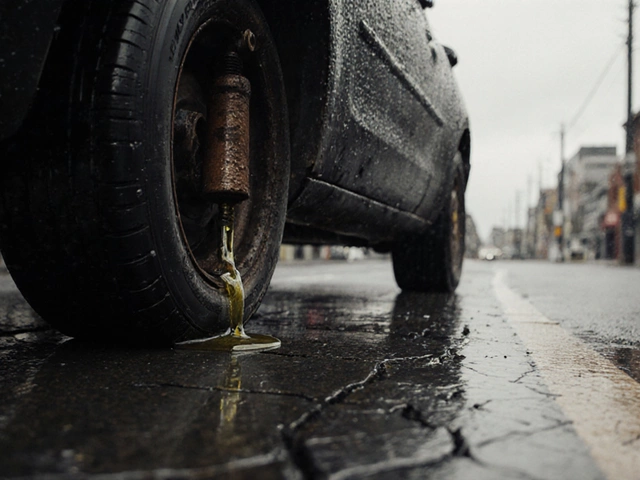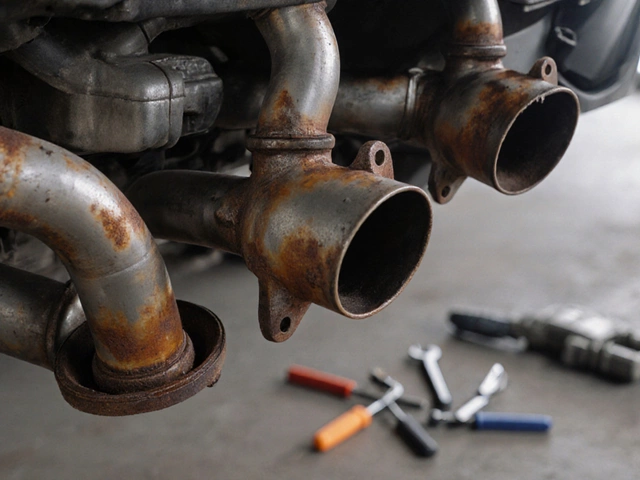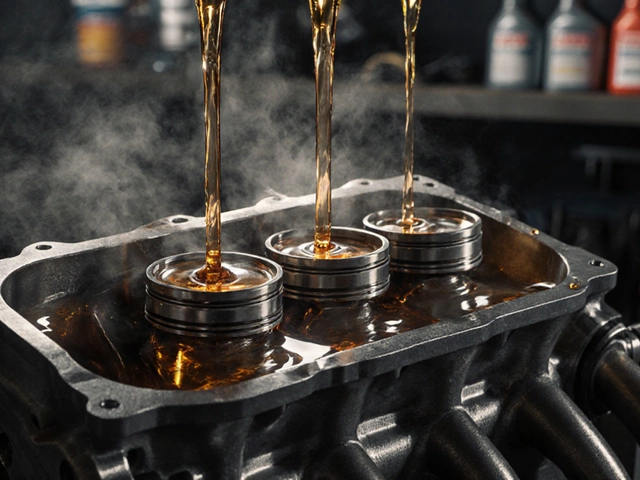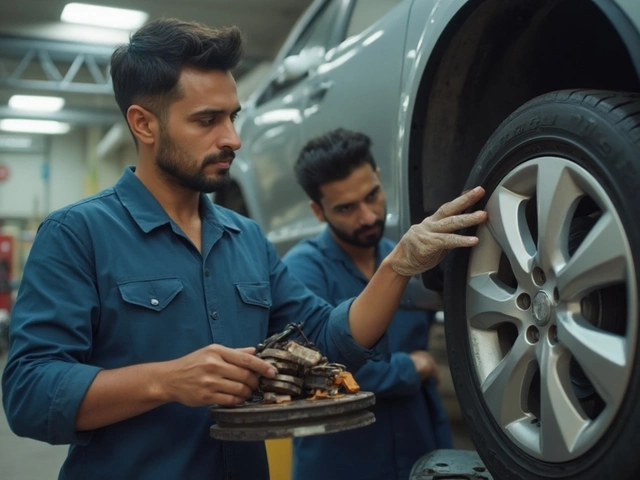Suspension Maintenance – Keep Your Ride Smooth & Safe
When working with Suspension Maintenance, the routine care of a vehicle’s suspension system to ensure smooth handling and safety. Also known as suspension upkeep, it covers everything from checking Shock absorbers, the dampers that control bounce after a wheel hits a bump to inspecting Struts, the load‑bearing components that combine a shock absorber with a structural support and verifying proper Wheel alignment, the adjustment of steering and suspension angles to keep tires rolling straight. In plain terms, good suspension maintenance means your car stays comfortable, handles predictably, and wears tires evenly. It also prevents expensive repairs down the line because a worn shock or mis‑aligned wheel can stress other parts like ball joints, control arms, and the chassis. suspension maintenance therefore includes regular visual checks, bounce tests, and listening for clunks, and it requires tools ranging from a simple pry bar to a professional alignment machine. Below we’ll explore why each component matters and how they work together to keep your ride stable.
Why Regular Suspension Care Matters
Every time you hit a pothole, the suspension absorbs the impact and returns the wheel to its original position. If the shock absorbers are weak, the car will continue to bounce, which translates to a shaky cabin and uneven tire wear. A common semantic link is: Suspension maintenance includes checking shock absorbers. Similarly, proper suspension upkeep requires regular wheel alignment because even perfect shocks can’t compensate for wheels that point in the wrong direction – you’ll feel pulling to one side and notice rapid tread wear on the inside or outside edge. Worn struts affect handling and tire wear, especially during cornering, because they support the vehicle’s weight and control camber angles. Beyond these three, springs, bushings, and sway bar links also play a role. Springs keep the chassis at the right height; if they sag, the ride height drops, altering geometry and making alignment harder. Bushings act as cushions between metal parts; cracked rubber bushings let vibrations pass straight to the cabin. Ignoring any of these parts can lead to a cascade of problems: noisy rides, poor handling, and eventually the need for costly component replacement. By tackling each item during routine Suspension inspection, a systematic review of all suspension parts for wear and damage, you break that chain before it starts.
So, what should you actually do? Start with a simple bounce test: press down on each corner of the car and watch how quickly it returns. If it bounces more than once, the shock or strut is likely soft. Next, look for oil leaks around the shock body, cracked boots, or rusted mounts – visual clues that a component is failing. Check tire wear patterns; feathered edges or cupping often point to alignment or worn suspension parts. For a deeper dive, use a pry bar to wiggle control arms and see if there’s excessive play, indicating a bad bushing. Finally, schedule a professional wheel alignment at least once a year or after hitting a major pothole. The articles below walk you through each of these steps, from spotting early signs of a bent suspension to a full troubleshooting guide that helps you diagnose and fix common issues. Armed with this knowledge, you’ll keep your car handling confidently and avoid surprise breakdowns.
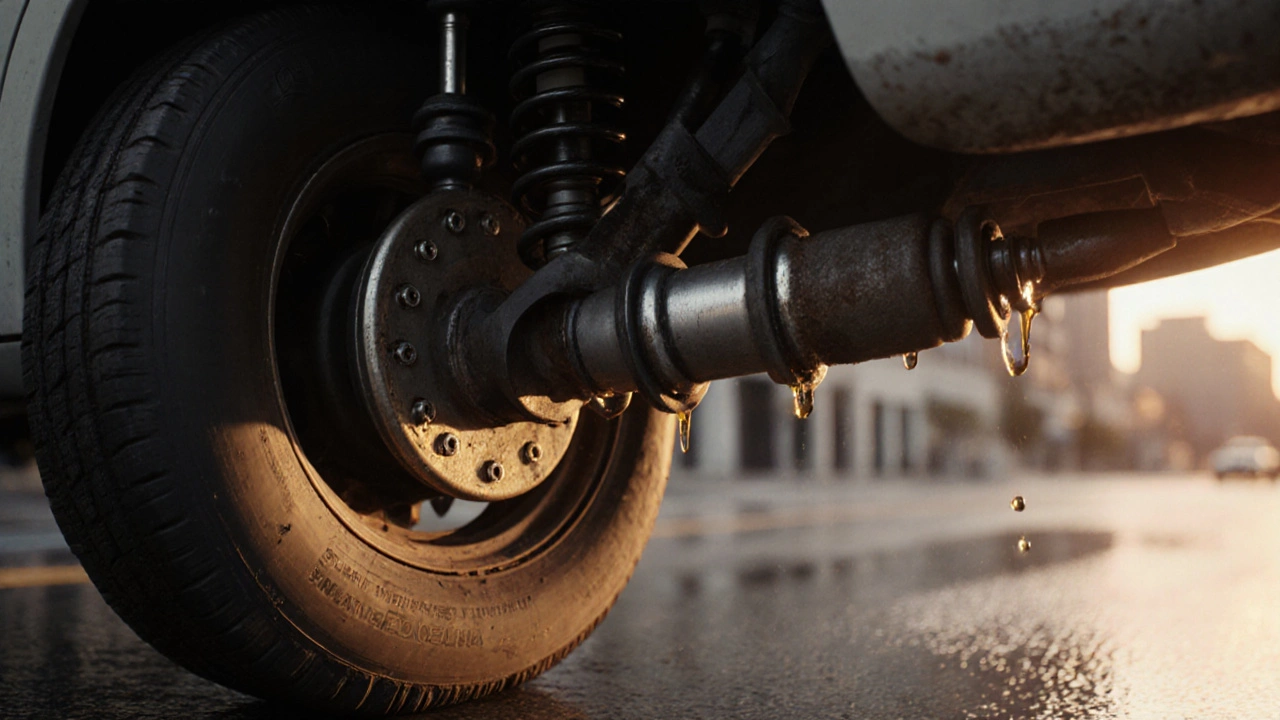
Most Common Suspension System Problem: Worn Shock Absorbers Explained
Discover why worn shock absorbers are the most common suspension problem, how to spot the signs, and step-by-step repair tips for smoother handling.
CONTINUE READING